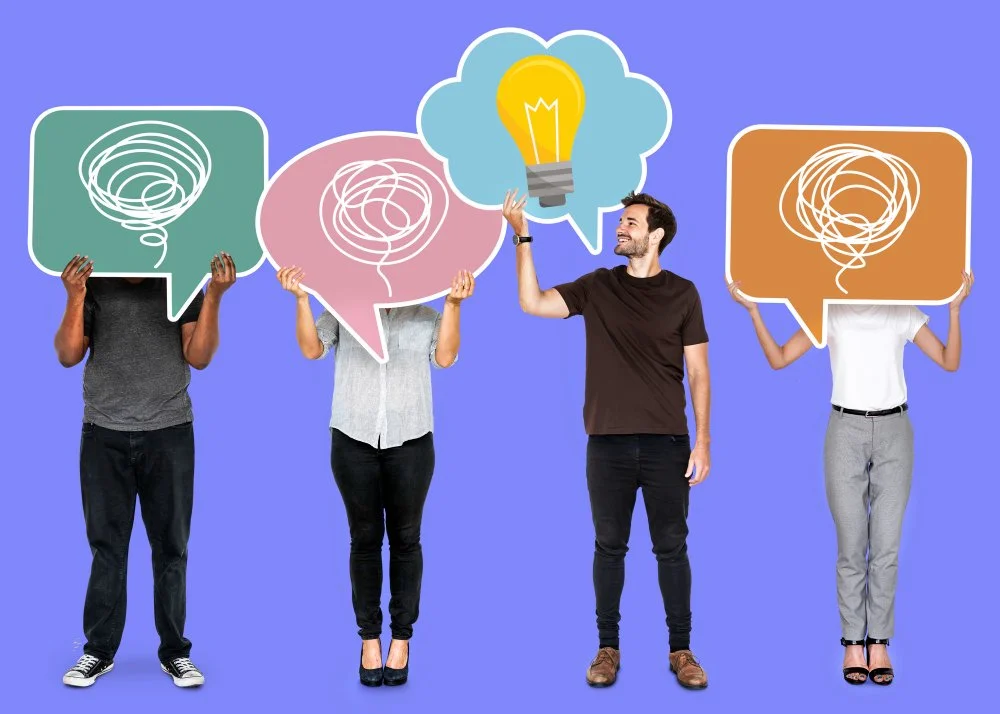Forget Bias Workshops — Invest in Behavioural Training Instead
Awareness isn’t behaviour. Training should shape what people do, not just what they see.
Unconscious bias workshops promised to make workplaces fairer. They raised awareness, yes — but awareness alone doesn’t change how people decide, collaborate, or lead. After a decade of well-intentioned training, most organisations are now asking a harder question: what actually shifts behaviour?
That’s where behavioural trainingsteps in. Instead of trying to correct thought patterns in a single session, it builds everyday habits — how feedback is given, how meetings are run, how hiring decisions are made under pressure. It doesn’t just show bias; it rewires behaviour.
“Because awareness isn’t behaviour. And if inclusion is to stick, training has to shape what people do, not just what they see.”
Behavioural Training: Turning Micro-Decisions Into Habitual Actions
Most training stops at mindsets — asking people to “think differently.” But thinking isn’t the same as doing. Behavioural training flips that logic. It starts with what matters most at work: the small, observable actions that shape outcomes.
Behavioural training focuses on the small, day-to-day behaviours that make a lasting impact on workplace culture and results. (Courtesy photos from Freepik)
How a manager gives feedback. How a team challenges a bad idea without shutting each other down. How hiring panels make calls under pressure. Those moments decide whether bias creeps in or gets caught.
By turning those micro-decisions into habits, behavioural training builds inclusion through repetition, not rhetoric.
The Shift to Behavioural Training Already Happening
UK organisations are quietly reassessing their approach to diversity, equity, and inclusion. Government departments, law firms, and tech companies are increasingly moving away from traditional unconscious bias workshops, opting instead for behavioural programmes — ones that are not only practical and measurable, but also far more sustainable in the long run.
This shift comes in response to findings from the Government Equalities Office and the Behavioural Insights Team, which highlighted that unconscious bias training often falls short. While it raises awareness, it rarely drives real, lasting change in behaviour. These programmes typically don't address explicit bias, and in some cases, they may even do more harm than good by reinforcing stereotypes, especially when participants feel that biases are fixed and unchangeable. As a result, the UK government is gradually phasing out unconscious bias training within the public sector, acknowledging the need for a more effective, behaviour-driven approach to fostering genuine inclusion.
The shift to behavioural training is reflected in digital tools and metrics, emphasising measurable actions and outcomes in the workplace, beyond just awareness.
This shift isn’t a dismissal of Diversity, Equity, and Inclusion (DEI). It’s DEI evolving. What began with raising awareness has now moved towards evidence-based, outcome-driven approaches that focus on what people actually do in the workplace, not just what they know. People Management, a leading HR publication, highlights this shift, emphasising that organisations are increasingly focusing on measurable behaviours and tangible outcomes rather than merely fostering awareness.
For instance, a 2025 article discusses how DEI initiatives are moving beyond "tick-box exercises" to become integral to organisational culture. This transition reflects a broader trend towards embedding DEI into everyday practices and behaviours, ensuring that inclusion is not just a concept but a lived experience within the workplace.
As more organisations embrace this shift, the conversation is no longer whether DEI is "working," but how to make it sustainable. Behavioural training is no longer a nice-to-have but a proven approach to making inclusion stick.
How Sidestream Drives Real Change
At Sidestream, we don’t just talk about inclusion — we make it happen. Our approach is structured yet flexible, designed to embed sustainable change at every level of your organisation.
We begin with Diagnostic to identify the specific challenges and opportunities your teams face. From there, we move to the Experiential Lab, where participants put theory into practice in real-world scenarios.
The next step is Manager Coaching, where we empower leaders to model and reinforce the right behaviours, ensuring that the changes stick. Finally, our Habit Kits transform new skills into habits that become second nature.
Every stage builds on the last, creating a framework that fosters repeatable, observable behaviours — faster decisions, clearer communication, and stronger, more inclusive teams.
See our workshop playbooks.


